Review of the Medium-Term Macroeconomic
Assumptions and Fiscal Program for FY 2021 to 2024
December 14, 2021
The Development Budget Coordination Committee (DBCC) has revisited the government’s medium-term macroeconomic assumptions, fiscal program, and growth targets for FY 2021 to 2024 in line with recent domestic and external developments.
Our accelerated vaccination drive has enabled the safe and targeted reopening of the economy. With 41.5 million Filipinos now fully vaccinated, we have seen COVID-19 cases and deaths fall sharply even as we relaxed restrictions in the last quarter of the year. This led to an additional employment of 1.3 million compared to the pre-pandemic level, above-target revenue collections, and a strong and early recovery.
Building on our economic gains and successful vaccination drive in 2021, the Economic Development Cluster has crafted the 10-point policy agenda to shift the country from a pandemic to an endemic paradigm.
The 10-point policy agenda covers the following areas: 1) metrics; 2) vaccination; 3) healthcare capacity; 4) economy and mobility; 5) schooling; 6) domestic travel; 7) international travel; 8) digital transformation; 9) pandemic flexibility bill; and 10) medium-term preparation for pandemic resilience.
Through these strategies, we will sustain our recovery and restore our path to a rapid and inclusive growth.
Real Growth Projections
Despite the imposition of stringent quarantines to contain the spread of the threat of the Delta variant, the Philippine economy grew by 7.1 percent in the third quarter of 2021. As we continuously relax restrictions and increase mobility, economic performance is expected to accelerate further in the last quarter of the year. Hence, the growth assumption for 2021 was adjusted upwards to 5.0 to 5.5 percent while growth targets for the medium-term were retained at 7.0 to 9.0 percent for 2022 and at 6.0 to 7.0 percent by 2023 and 2024.
With our strong economic performance in 2021, the DBCC is optimistic that the country’s GDP will return to its pre-pandemic level by 2022.
Other Macroeconomic Assumptions
The DBCC also revisited its macroeconomic assumptions based on the latest economic performance and emerging trends for the remainder of the year.
Table 1: Medium-Term Macroeconomic Assumptions, FY 2021-2024

Assumptions for 2021 were slightly adjusted to take into account the latest year-to-date performance of the various indicators.
For 2022 to 2024, the projections for inflation, foreign trade, and foreign exchange rate were maintained given recent economic developments.
On the other hand, the assumption for the price of Dubai crude oil per barrel was revised upwards to USD 60 to 80 per barrel for 2022 to 2024. This is mainly due to the optimistic demand outlook for oil as the global economy gradually rebounds in the medium-term.
Medium-Term Fiscal Program
Revenue projection for 2021 is expected to exceed the target and reach PhP3.027 trillion due to increased economic activity and improved services of our revenue agencies arising from their digitalization projects.
This strong revenue collection performance is seen to continuously improve with revenues returning to pre-pandemic levels at PhP3.304 trillion in 2022, PhP3.624 trillion in 2023,and PhP4.049 trillion in 2024.
Meanwhile, full year disbursements for this year are expected to reach PhP4.633 trillion, which is 9.6 percent higher year-on-year. This is mainly attributed to the accelerated spending performance seen in infrastructure and other capital outlays, personnel services, transfers to Local Government Units (LGUs), and equity and interest payments. For 2022, total disbursement program was maintained at PhP4.955 trillion.
On the other hand, consistent with the aforementioned higher revenue estimates, disbursement levels for 2023 and 2024 were slightly adjusted upwards to PhP5.059 trillion and PhP5.347 trillion, respectively.
Given the higher-than-target revenues and lower-than-programmed disbursements for 2021, the deficit program for this year is estimated at a lower level of 8.2 percent of GDP.
This is projected to move in a downward trajectory for the upcoming years with 7.7 percent of GDP in 2022, 6.1 percent of GDP in 2023 and 5.1 percent of GDP in 2024, as the government continues to pursue a fiscal consolidation strategy over the medium term.
FY 2023 National Expenditure Program
Consistent with the macroeconomic assumptions and foregoing fiscal targets, the proposed FY 2023 cash-based budget is pegged at PhP5.242 trillion.
The proposed FY 2023 national budget will continue to provide the necessary funding requirements to support the country’s resilience against the COVID-19 pandemic and to sustain economic growth.
Closing
While the threat of new COVID-19 variants may persist in the short-term, we are now in a much stronger position to manage possible spikes in cases and safely reopen the economy to alert level 1 in January 2022. Our effective management of COVID-19 will solidify our recovery and sustain our growth beyond this pandemic.


